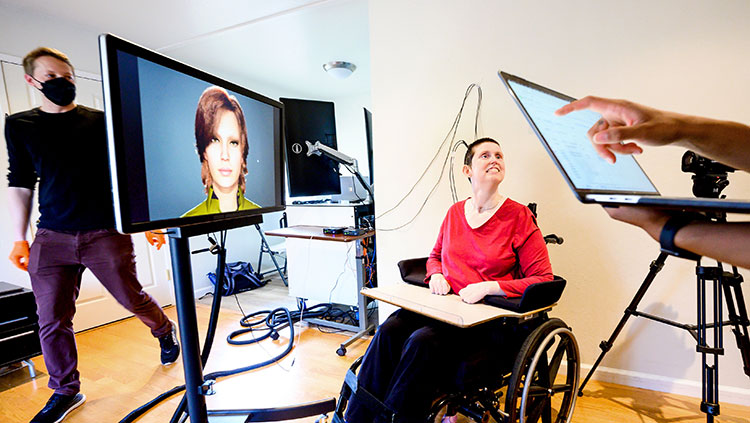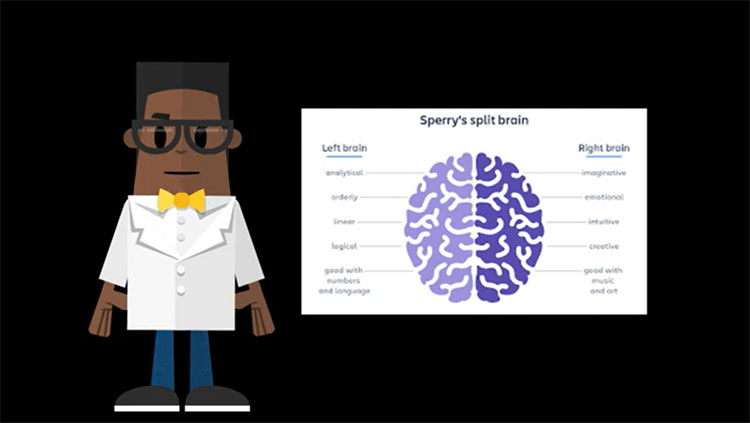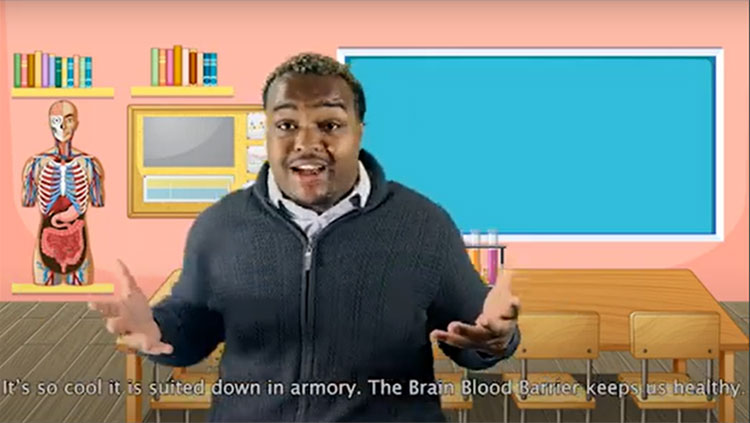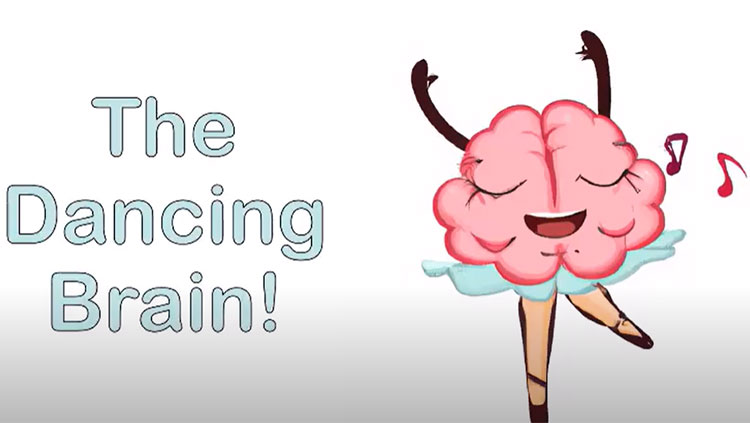The Crinkly Cerebellum Coordinates Movement and More
- Published7 May 2019
- Author
- Source BrainFacts/SfN
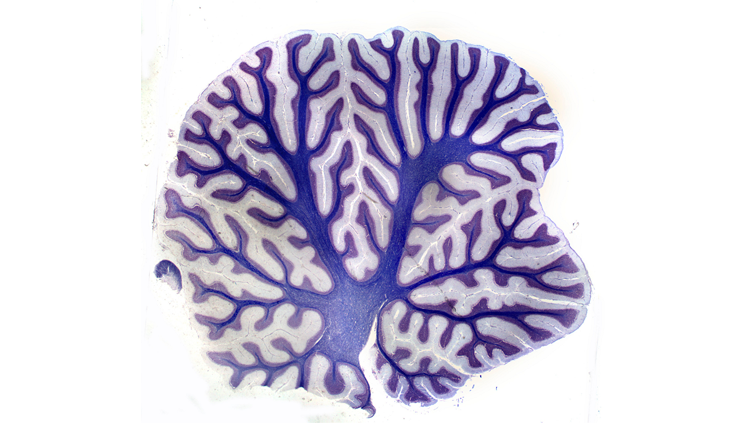
If you had to grab a brain with one hand, you might try the cerebellum — the knob-like structure jutting down from the back of the organ. The lightly grooved surface looks smooth, but actually features deep trenches that give it a lot of surface area, as seen in this slice of a cat cerebellum.
Researchers have long known that the cerebellum aids movement in much the same way a local command center supports military operations. It receives the master plan from higher parts of the brain and compares it with reports from the front line, issuing updated commands to keep the execution tight and learning from mistakes. In recent decades, however, new imaging technology has revealed that the cerebellum lights up even when the body is still. Now neuroscientists are learning the region also supports cognitive functions and can be abnormal in autism spectrum disorder.
CONTENT PROVIDED BY
BrainFacts/SfN
References
Hayter, A. L., Langdon, D. W., & Ramnani, N. (2007). Cerebellar contributions to working memory. NeuroImage, 36(3), 943–954. doi: 10.1016/j.neuroimage.2007.03.011
Popa, L. S., Hewitt, A. L., & Ebner, T. J. (2014). The cerebellum for jocks and nerds alike. Frontiers in Systems Neuroscience, 8, 113–113. doi: 10.3389/fnsys.2014.00113
Also In Anatomy
Trending
Popular articles on BrainFacts.org




